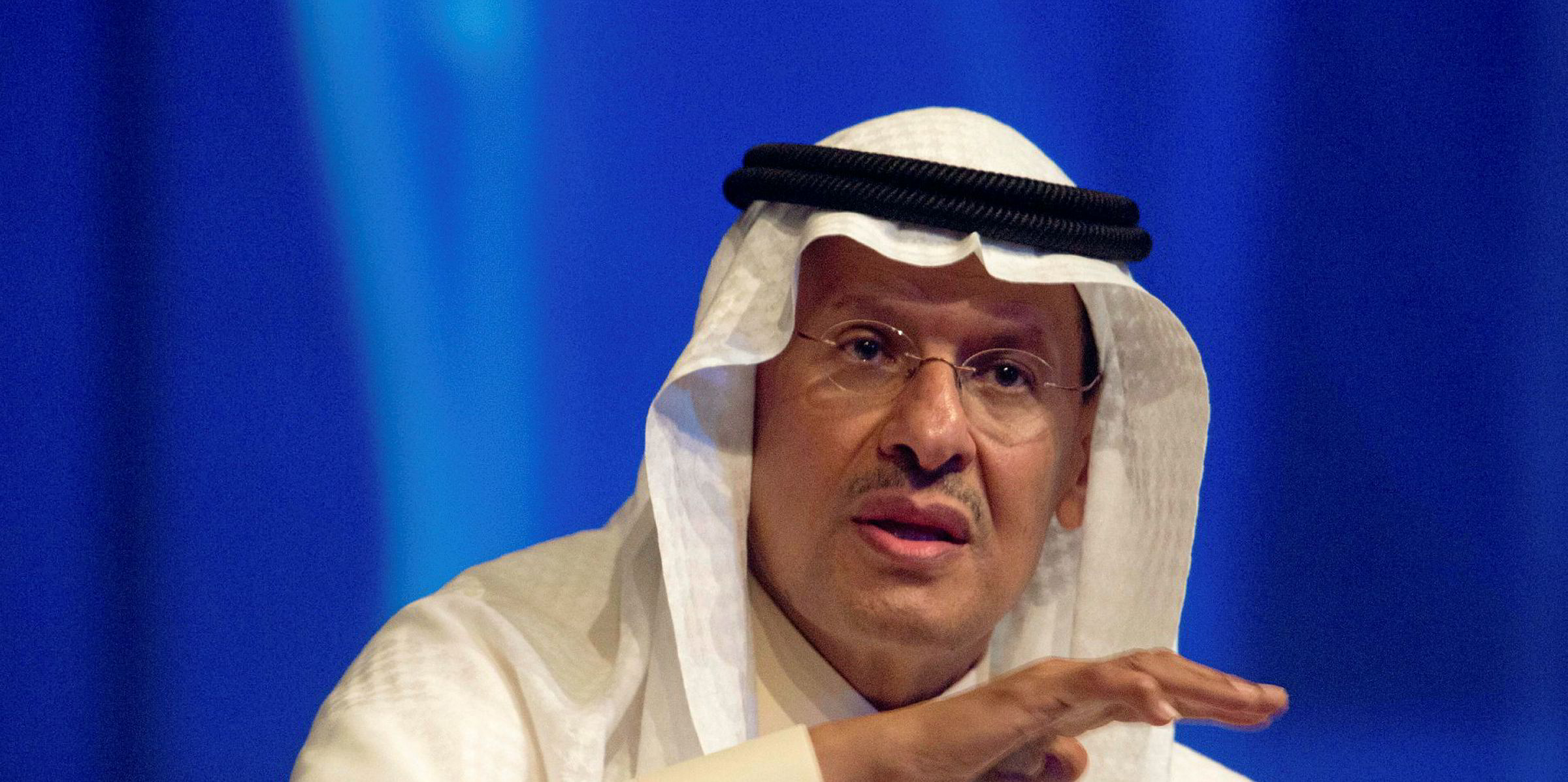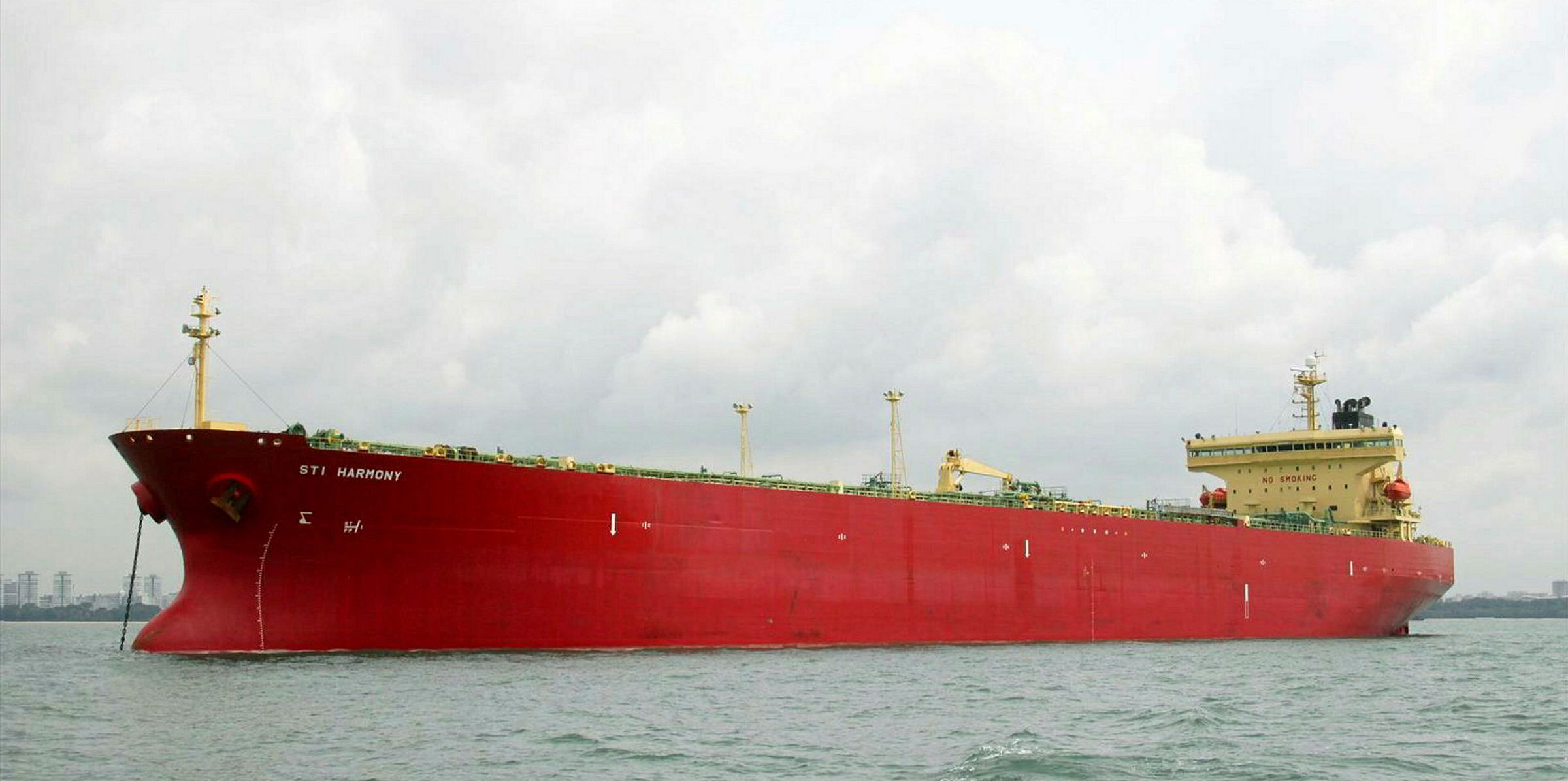The storm from one of the largest oil supply disruptions in history may quickly blow over, leaving tanker owners with short-term windfalls without potentially bearish effects for the longer run.
Last Saturday’s multiple drone attacks on oil facilities in Abqaiq and Khurais knocked out 5.7m barrels per day (bpd) in crude production in Saudi Arabia, but the Opec’s top oil exporter said it would quickly recover.
According to Saudi Aramco, the country’s national oil firm, the 1.2m bpd Khurais resumed production one day after the attacks. The Abqaiq oil processing plant — largest in the world — is operating at 2m bpd and will return to the pre-attack level of 4.9m bpd by the end of September.
Aramco has drawn on its 185m barrel oil inventories, reduced supplies to compatriot refineries and increased production from other fields to maintain international sales.
“Not a single shipment to an international customer has been or will be missed or cancelled as a result of these attacks,” chief executive Amin Nasser said in a press conference.
Queue of VLCCs
What Nasser did not mention was delays in oil deliveries. Slow crude loading at Ras Tanura, the world’s largest oil export terminal, created a queue of at least eight VLCCs as of Monday based on Kpler data.
Such an event will not hit tonnage supply hard. “If fleet capacity is constrained... the impact on rates would be positive,” Frontline Management chief executive Robert Hvide Macleod told TradeWinds.
The disruption has also prompted a VLCC chartering spree in the US Gulf and Middle East Gulf as energy firms scramble to secure oil supply. Some of Aramco’s customers were reportedly informed that their cargoes for loading in October would be delayed for days or weeks.
Consequently, VLCC earnings have risen above $33,000 per day, close to 20% above the week-ago level.
“If Saudi Arabian supply remains affected for two weeks, there will be a decline of 20 VLCC loadings in the Arabian Gulf during this period,” Drewry’s lead tanker analyst Rajesh Verma said.
Dislocation is good for freight rates, and volatility can be great for owners like us with strong commercial teams Product tankers diverted from Saudi Arabia amid new demand patterns
Robert Hvide Macleod
“However, if other producers in North America, Latin America and Africa manage to compensate for the deficit in Saudi Arabian supply in the short run, it will be a positive for the crude tanker market as it would lead to an increase in tonne-mile demand for VLCCs as majority of the supply will move to Asia.”
Volatility
Macleod said: “In the short term, we have seen geopolitical events dramatically increase volatility in the tanker markets and also create dislocation in the market.”
“Dislocation is good for freight rates, and volatility can be great for owners like us with strong commercial teams.”
Overall, the latest statement from Aramco seems positive for tanker owners. Analysts had painted a more bearish picture if the supply disruption prolonged.
In this scenario, China and OECD countries would have needed to tap into their strategic reserves later on, with Russia, the US and other Opec members not possessing sufficient spare crude production capacity.
Low Saudi supply would have kept crude price at an elevated level for long, hurting oil and tanker demand. Those factors were unlikely to be fully offset by increased long-haul shipping demand.
“The market avoids the potential risk of sharply reduced trade flows and, equally as important, a significant inventory draw globally which would likely have tempered import demand,” Clarksons Platou Securities said in a note.
“Many investors we have talked to claimed the loss of Saudi oil would be positive for tankers because. … In the longer-term, [it] would result in increased trading distances as US exports could pick up the slack.”
“These investors would probably feel disappointed today but we can’t see how return of 5m bpd of oil production is negative for tankers,” said the note, referring to the Abqaiq plant resuming production quickly.





